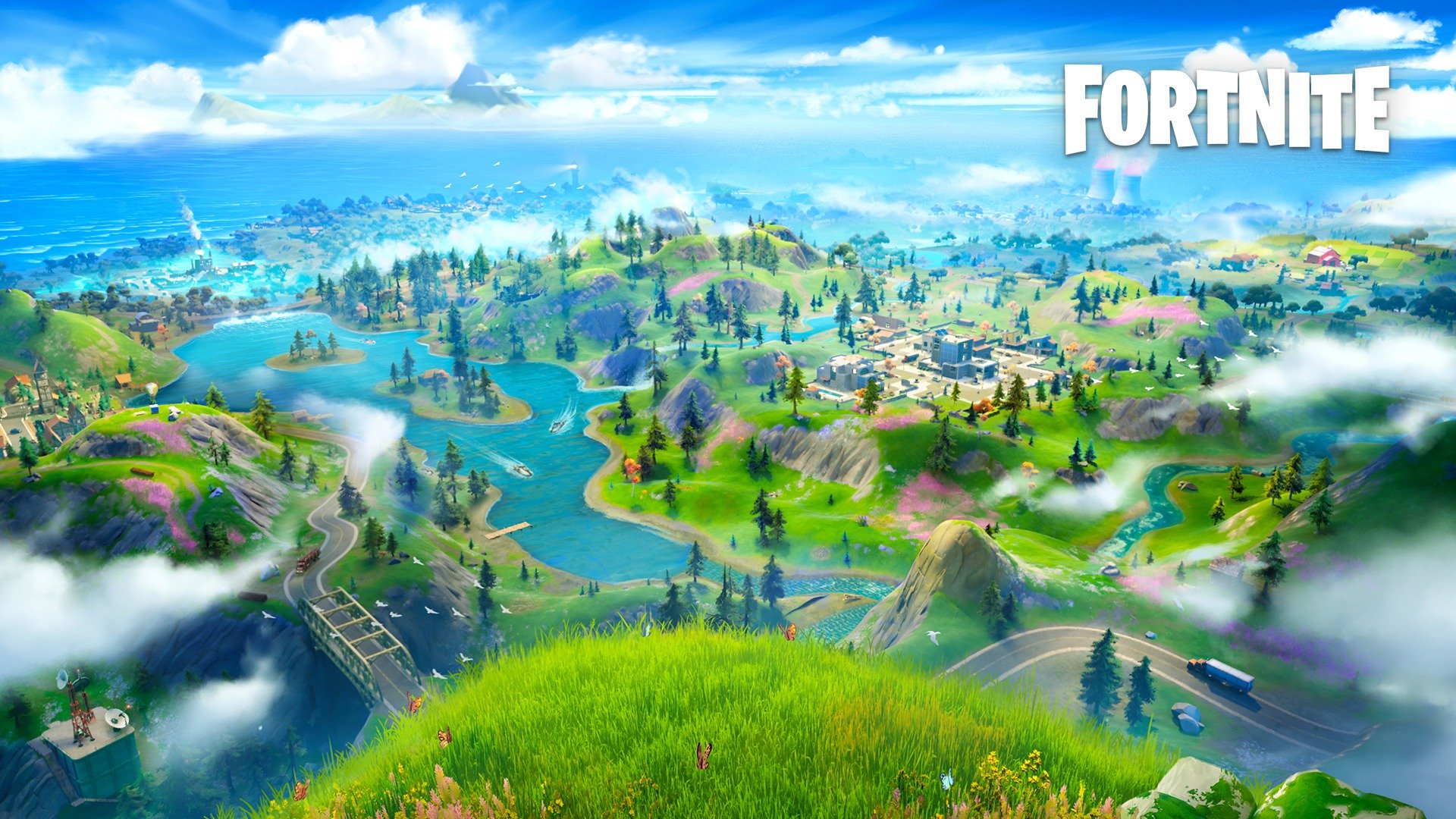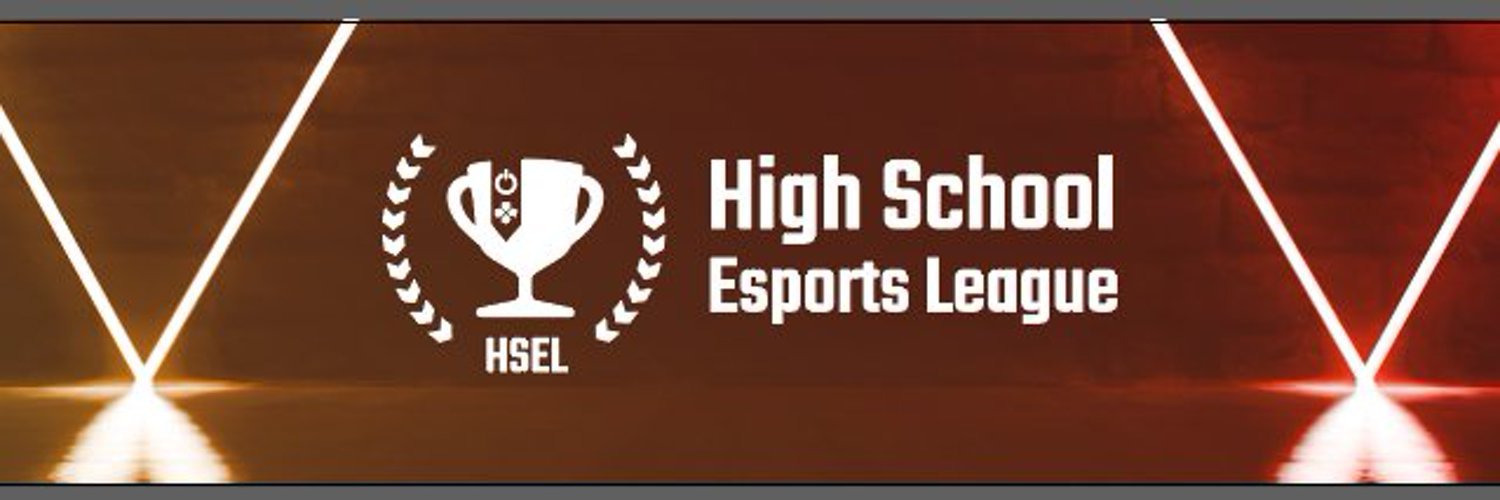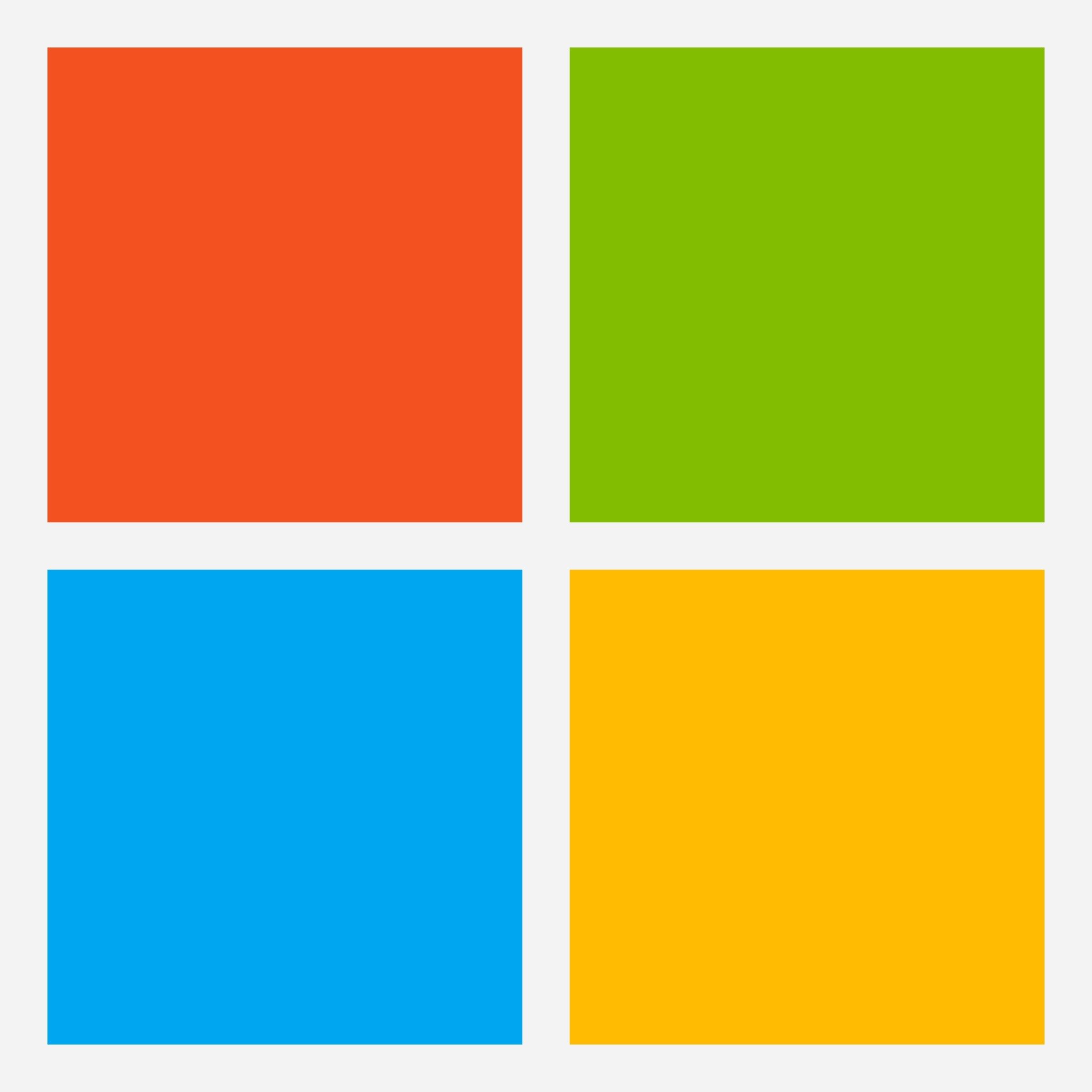From Minecraft to College Scholarships……is this really happening?
From Minecraft to College Scholarships……is this really happening?
Gaming isn't new. Humans have been playing games since we were gathering berries it seems. Over the last 10+ years, we've seen the rise and dominance of pop culture for the mainstream. While over the top budgets for fantasy movies like Star Wars, Avengers, and Hunger Games caught our attention, the gaming world developed competitive gaming and currently pushes the boundaries of what it means to sport.
Right now, people are competing for millions of dollars in prize earnings to be crowned champion of their favorite esport. All across the nation and the world, competitions bring gamers together to battle for bragging rights, status, and most of all large sums of money. In 2019, Fortnite maintained a competitive prize pool of $100,000,000. Just to give you an idea, Fortnite is only one of several games available to play at the competitive level. Competitive gaming takes individuals, players, and teams to another level.
Beyond the professional side of competitive gaming, we see academic institutions building their own teams to support the pipeline for competitive gaming. In 2014, Robert Morris University offered scholarships for students to engage in competitive gameplay. ESPN provided an article that highlights the scholarship presented to students. By offering this scholarship, students have the opportunity to engage in competitive gaming as a way to offset the costs of ever-increasing university tuition. Honestly, it's about time. According to the Entertainment Software Association, 75% of Americans have at least one gamer in the household (Pg. 12). With so many households with children engaging in gameplay it makes sense for universities to open this pipeline to students that are interested in competing at a higher level.
So, colleges are offering scholarships for students to play video games. Right now, there are roughly 200 colleges/universities offering some level of competitive gaming. Whether it is a room built out in the common areas to help bring students together or you are interested in going to one of the seven schools currently offering esports courses, there's no slowing down the collegiate bandwagon of attracting students. With so many colleges bringing in new students through "unconventional methods," what are we doing to help prepare students to play at a competitive level?
There are many organizations in the world right now actively working to assist high school students in getting the skills they need to compete at a varsity level and move the needle for competitive gaming. Organizations like the High School Esports League (HSEL) offer coaches, courses, and even a curriculum to help develop students toward careers in and around competitive gaming. There are different goals, strategies, and viewpoints as to how their program bests assist students moving toward their collegiate career in gaming as a player, broadcaster, journalist, manager, etc. This means that schools and districts may be getting some questions from many different sources about how to start and where to go when it comes to beginning this venture.
Having professional teams, collegiate teams, and high school teams working toward getting students to the competitive level we see esports looking to mirror a lot of other sports that are already in the world like Baseball, Basketball, Football, and any other league that offers competitive play between youth players. Traditional sports don't start in high school… They start much younger like Little League, Pop Warner, or Youth Basketball.
Microsoft was thinking about this when they acquired Minecraft over 8 years ago. This article about Microsoft's $2.5 Billion acquisition shows Microsoft’s mentality for the purchase. Minecraft: Education Edition is available today to help students ideate and engage in another medium to engage in 21st-century learning. Available through the Microsoft Cloud Service Provider program, students can learn the baseline skills required to engage in competitive gameplay. By familiarizing a student with the keyboard skills and the movement of an avatar in the game, we can see how Minecraft: Education Edition can help create a more robust pipeline by extending gaming to the classroom at elementary schools. In order to help students garner the skill set required to compete at a high school and college level, elementary teachers have a game rated E for everyone by the ESRB and can engage in free lesson plans available at Microsoft's Education Center and mold gamers at the early stages of life.
From kindergarten to college, students are already playing video games. With the birth of professional esports, our colleges are offering scholarships to students to compete both in games and in academia. The difficult part about having professional and collegiate-level competitive gaming is that we need to foster Varsity level competition in the high schools. As more districts find the value in meeting students at their level with gaming, competition, and competencies around gaming in the classroom and after school will grow. As educators, we need to engage our students on their level and learn with them as we explore the nascency of competitive gaming.
Sr. Account Executive
Computer Science Advocate
Tyler.Rising@it1.com
480-320-3540






